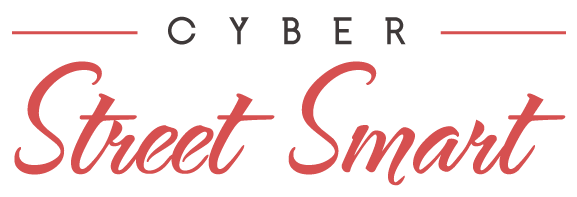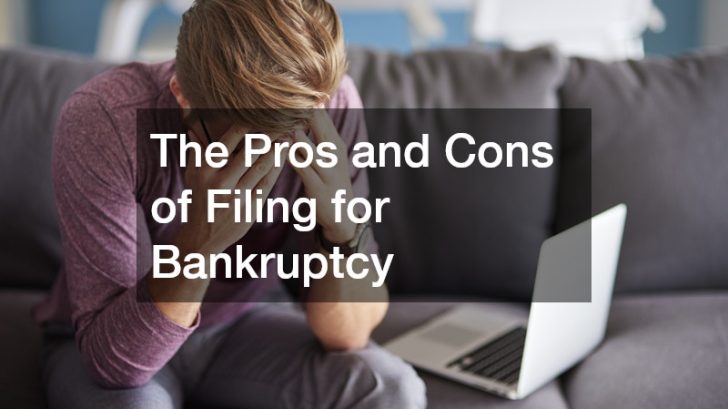Filing for bankruptcy is a major financial decision that carries both potential relief and long-lasting consequences. For individuals overwhelmed by debt, it can offer a legal pathway to regain control over their financial situation. However, while bankruptcy can provide immediate protection from creditors and the opportunity to start fresh, it also comes with significant drawbacks that can affect credit, future borrowing, and personal reputation. Before moving forward, it’s important to weigh both the pros and cons of filing for bankruptcy carefully.
Many people enter the bankruptcy process without fully understanding what it entails or how it may impact their lives in the long run. The cons of bankruptcy can range from damaged credit scores to emotional stress, and often include hidden costs that aren’t always obvious at the outset. On the other hand, the process may stop creditor harassment, prevent foreclosure, and discharge overwhelming debt. Here we will explore both sides of the issue, helping you better understand the big picture and decide if bankruptcy is the right financial tool for your circumstances.
Understanding Bankruptcy Basics
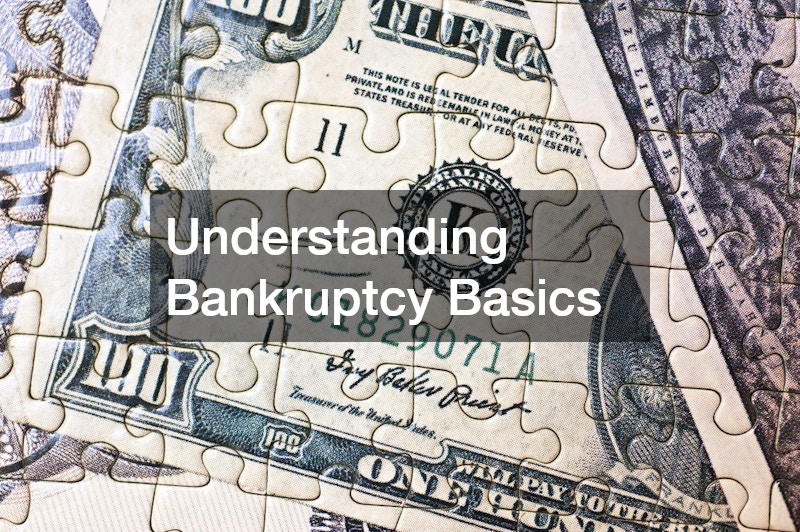
At its core, bankruptcy is a legal process designed to help individuals and businesses eliminate or restructure their debts under the protection of federal law. It exists to give people who are in serious financial distress a chance to either start over or repay their debts in a manageable way. Understanding how bankruptcy works—from the filing process to court involvement—is critical for anyone considering this option. Knowing the legal structure can also reduce fear and uncertainty while helping individuals make informed choices.
One common form of bankruptcy for individuals is Chapter 13, which involves creating a structured repayment plan over three to five years. Unlike liquidation bankruptcy (Chapter 7), Chapter 13 allows debtors to keep their property while catching up on overdue payments. A downside to filing for bankruptcy under Chapter 13 is that it requires a stable income and a long-term financial commitment. Failure to keep up with the court-approved plan can result in the case being dismissed, which may leave you in a worse position than before.
Exploring the Types of Bankruptcy
There are several types of bankruptcy, each suited to different financial situations. The most common for individuals are Chapter 7 and Chapter 13, while Chapter 11 is more often used by businesses. Each type varies in its eligibility requirements, process, and outcomes, making it essential to understand their distinctions before choosing a path. Generally, Chapter 7 is faster and involves discharging unsecured debts, whereas Chapter 13 is more about repayment. Knowing which type aligns with your financial goals is the first step toward determining whether bankruptcy is a feasible solution.
For those unsure of which bankruptcy type to file, consulting a bankruptcy attorney can be immensely helpful. A qualified attorney can assess your financial condition, explain the pros and cons of filing for bankruptcy, and help you avoid costly mistakes. The guidance of a professional is especially valuable when navigating the complex paperwork and court procedures involved. Without proper legal advice, many filers risk losing assets they could have kept or failing to receive the debt relief they were seeking.
Evaluating Debt Relief Through Bankruptcy
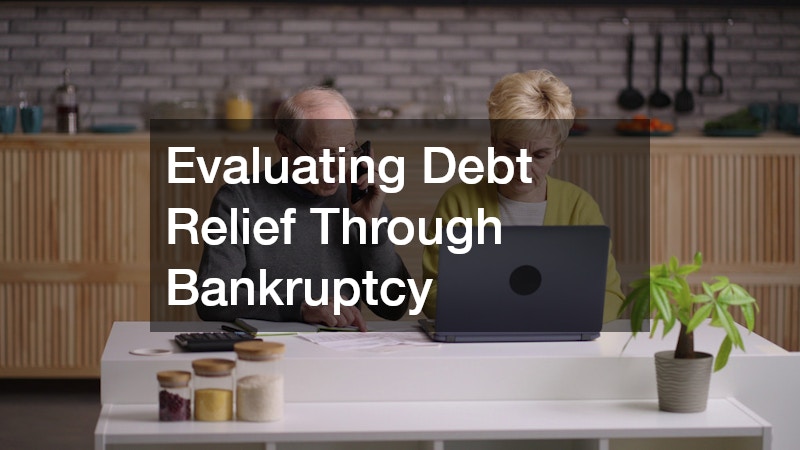
Bankruptcy can offer significant relief for individuals who are drowning in debt with no clear way out. By halting collections, repossessions, and wage garnishments, bankruptcy allows debtors to pause and reorganize their finances. This temporary breathing room can help individuals reassess their spending, income, and obligations. For many, the most appealing aspect is the potential to discharge certain debts entirely, which can feel like a financial reset after months or years of struggle.
Not all debt is treated equally in bankruptcy, and the outcomes may vary widely depending on your situation. Consulting with experienced law firms that specialize in bankruptcy can help clarify what debts may be discharged and what obligations may remain. For instance, while credit card and medical debt might be wiped clean, other debts, such as student loans or recent tax obligations, are usually not eligible for discharge. One of the major downsides to filing for bankruptcy is that many people assume all debts will be eliminated, only to find that the relief they receive is partial at best.
Protecting Assets During Bankruptcy
A common concern among those considering bankruptcy is whether they will lose everything they own. Fortunately, bankruptcy law includes exemptions designed to protect certain assets such as homes, vehicles, retirement accounts, and personal belongings. These exemptions vary by state and bankruptcy chapter, so understanding them is crucial. Many filers are surprised to learn that they can keep many of their possessions even after filing. This protection allows individuals to maintain a baseline of stability while dealing with debt resolution.
In more complicated cases, especially those involving inherited property or large estates, working with an estate attorney may be necessary to manage asset protection effectively. These professionals can help safeguard family assets, ensure compliance with exemption limits, and manage any estate planning considerations that arise during the process. Still, one of the potential cons of filing for bankruptcy is that if your assets exceed the exemption limits, you may be required to sell or surrender some property. Understanding these nuances can help you avoid surprises and prepare accordingly.
Stopping Creditor Harassment

One of the most immediate and noticeable benefits of filing for bankruptcy is the automatic stay—a legal provision that halts all collection efforts. This means creditors must stop calling, emailing, sending letters, or initiating lawsuits against you. For individuals who have been dealing with aggressive or persistent collectors, this can feel like a huge emotional relief. The automatic stay also provides legal protection from repossession, foreclosure, and wage garnishment while your case is pending.
Unfortunately, the protection isn’t absolute. Certain types of debt, such as student loans, may still result in limited collection activity even after filing. Additionally, if a creditor files a motion to lift the stay and the court agrees, they may be permitted to resume collections. These exceptions highlight one of the overlooked cons of filing for bankruptcy: not all creditors are treated the same, and not all debt-related stress disappears immediately. Understanding what the stay does and doesn’t protect is vital to setting realistic expectations.
Considering the Impact on Credit Score
Filing for bankruptcy can have a severe impact on your credit score, which may affect your financial life for years to come. Once a bankruptcy appears on your credit report, it becomes a major red flag to lenders, landlords, and even some employers. A Chapter 7 bankruptcy stays on your credit report for up to ten years, while a Chapter 13 remains for seven. During that time, qualifying for new credit, securing loans, or getting favorable interest rates becomes much more difficult. This is one of the most significant cons of filing for bankruptcy, as rebuilding financial trust can take a long time.
Many people are especially concerned about how bankruptcy will affect large, essential loans—most notably, their mortgage. While filing may temporarily halt foreclosure through the automatic stay, it does not permanently resolve delinquent mortgage debt. In Chapter 13, you may be able to catch up on payments through a structured plan, but failing to meet those terms could put your home at risk. This risk to long-term housing stability highlights one of the deeper cons of filing for bankruptcy: even as you seek relief, some vital aspects of your financial life may remain precarious.
Facing Long-Term Financial Consequences
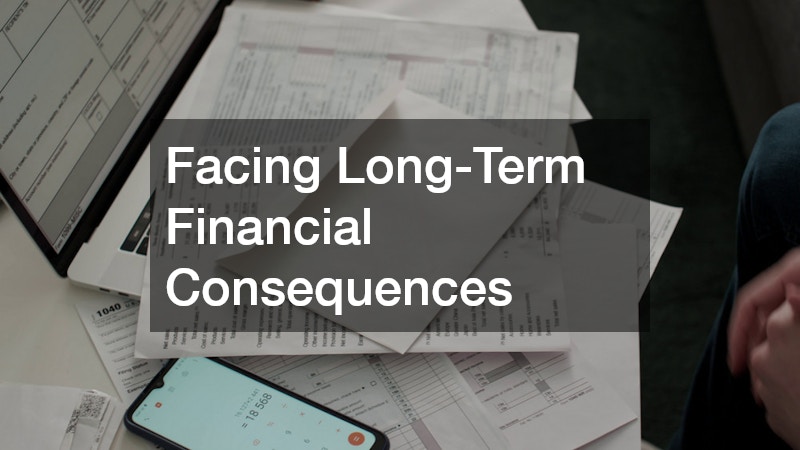
While the immediate relief of bankruptcy is often welcome, the long-term consequences can be more complex and lasting than many realize. Aside from a lowered credit score, bankruptcy can affect your ability to obtain housing, employment, insurance, and loans well into the future. Some financial institutions may avoid doing business with individuals who have filed, while landlords may view it as a sign of unreliability. These residual effects may linger even after your debts have been discharged, creating obstacles as you try to move forward.
In difficult times, some individuals turn to alternative means to raise cash—such as selling gold or other valuables—to avoid bankruptcy altogether. While this can offer a short-term infusion of funds, it’s often a last resort that only delays the inevitable. Worse, it can leave you without assets to fall back on later. One of the understated cons of filing for bankruptcy is that you may have already depleted your resources by the time you file, making recovery even harder. Understanding the broader timeline of bankruptcy’s impact can help you prepare for what comes after the court proceedings end.
Rebuilding Credit After Bankruptcy
Although bankruptcy can severely damage your credit, it’s not the end of your financial story. Rebuilding credit is possible—and in some cases, people find they can improve their financial habits and eventually achieve better credit than they had before filing. Secured credit cards, small personal loans, and consistent payment of utility or rent bills can all help demonstrate creditworthiness over time. But this process takes patience and awareness of how credit systems work.
One area that becomes especially important after bankruptcy is estate planning, including tools like wills and trusts. While it might seem unrelated, creating or updating these documents ensures your remaining assets are protected and distributed according to your wishes. This becomes even more essential if you’ve lost property or shifted ownership during the bankruptcy process. The cons of filing for bankruptcy often extend beyond finances into legal planning, which is why reviewing and managing your estate properly is a key part of post-bankruptcy recovery.
Assessing Emotional and Social Effects
Bankruptcy doesn’t just take a toll on your finances—it can also have a deep emotional and social impact. Many people feel embarrassed, anxious, or ashamed about filing, even when it’s the best financial option available. The stigma associated with bankruptcy may cause individuals to withdraw from social circles or avoid discussing their financial reality. This emotional burden can create stress in relationships, reduce self-esteem, and lead to long-term psychological effects that linger long after the legal process has ended.
To help manage the complexities of financial recovery and emotional well-being, some individuals consult an accountant who specializes in post-bankruptcy planning. A skilled accountant can offer budgeting strategies, help rebuild financial confidence, and assist in setting realistic goals. However, even with professional guidance, one of the persistent cons of filing for bankruptcy is the internal pressure and guilt that some people feel, especially if they see bankruptcy as a personal failure rather than a financial reset. Recognizing these emotional costs is essential for a full understanding of what bankruptcy truly entails.
Weighing Alternatives to Bankruptcy
Before making the decision to file, it’s worth exploring all available alternatives. Debt consolidation, settlement negotiation, credit counseling, and budgeting adjustments may offer enough relief to avoid the need for bankruptcy entirely. These options typically preserve your credit score better and may not have the long-lasting public record that bankruptcy carries. Additionally, many people are unaware that certain informal arrangements with creditors can be just as effective, depending on their financial situation.
In urgent situations—such as legal issues or the threat of jail due to unpaid fines—some may turn to financial services like bail bonds to stay afloat temporarily. While this may solve immediate problems, it often adds another layer of debt or financial complexity. Turning to such extreme measures is a sign that your financial condition requires a more sustainable solution. When reviewing these situations, the cons of filing for bankruptcy must be weighed against the risks of continuing down an unsustainable financial path without legal protection or structure.
Weighing Your Choices
Deciding whether to file for bankruptcy is never easy. It requires a thorough understanding of both the potential benefits and the significant drawbacks that come with it. Bankruptcy can offer a powerful tool for halting debt collection, protecting essential assets, and providing a structured way to manage overwhelming financial obligations. For many, it represents a chance to start fresh and rebuild.
Each person’s financial situation is unique, and what works for one individual may not work for another. Whether you’re dealing with unpaid credit cards, threats of foreclosure, or insurmountable student loans, it’s crucial to explore all your options and consult trusted professionals. The decision to file should not be made out of panic, but rather with clear information and careful planning.
